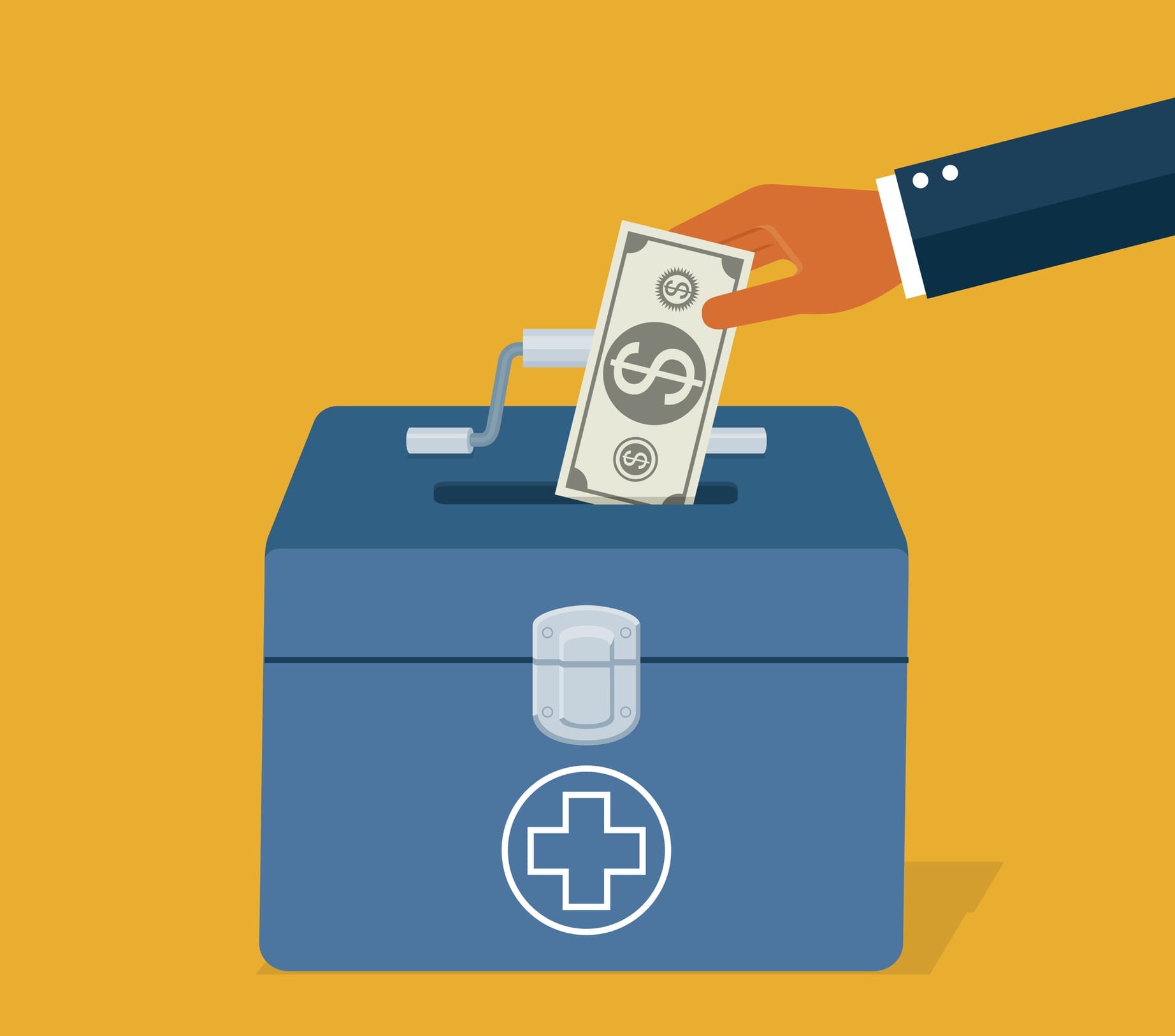Since 1996, annual United States health expenditures have more than tripled, rising from approximately $1 trillion, or $3,000 per person, to $3.4 trillion, or $10,300 per person. At the current per capita rate, we pay more than twice as much for health care as residents of other developed countries for a similar quality of care. Some of the primary drivers of these significant increases in cost include care setting, pharma-related spending, and a wide variety of conditions—most notably diabetes and hypertension. The U.S. spends $325 billion annually on diabetes alone, and another $200 billion on hypertension. Together, one out of every seven health care dollars goes toward these two diseases. These conditions often occur simultaneously, with hypertension existing in over 75 percent of patients with diabetes. On average, annual expenditures for adults with hypertension are twice as high as that of adults with normal blood pressure. One out of every three Americans is hypertensive. Adding diabetes to hypertension quadruples costs compared with those who do not have either of these conditions, and increases the risk of cardiovascular disease by close to a factor of three.
Are we making headway with improving the health of people with these conditions? An article in the November 7, 2017 edition of the Journal of the American Medical Association found that most of the increase in spending for diabetes was the result of pharmaceutical pricing, intensity of use, and an increased use of antihypertensive medications for hypertension. Policymakers will state that awareness, treatment, and control of hypertension have improved dramatically over comparable timeframes (1999 to 2006 versus 2007 to 2014). The prevalence of diabetes in the 20-44, 45-64, and 65-74 age groups seems to have flattened or even slightly decreased between 2006 and 2012, according to another JAMA report. Both of these trends are good indications that we are moving in the right direction.
But are we also over-diagnosing and over-treating these conditions? Some seem to think so. A recent change in the American College of Cardiology/American Heart Association definition of hypertension will raise the number of Americans labeled as having high blood pressure by close to 15 percent. Four million of these newly diagnosed patients will require antihypertensive medication, according to JAMA, and 29 million patients currently receiving these medications will need to intensify their treatment. Some feel that treating patients for mildly elevated sugar and pressure levels will benefit them less than those with severely elevated levels. It also does not follow that treating patients for “mild disease” (based on a moving medical definition of it) will prevent “severe disease.” A further question is whether we may harm these otherwise healthy people based on what some consider to be benign abnormalities.
For more on this subject, tune in to SiriusXM 111 and the “Business of Health Care” radio show on January 16 from 12:00-1:00 p.m. to hear a panel of medical and policy experts discuss whether we are spending our money wisely on these conditions.
[Editor’s note: This post has been updated to include audio of this”Business of Health Care” episode, which you can listen to with the link below.]
https://soundcloud.com/user-414944777/factors-of-rising-health-care-costs


























